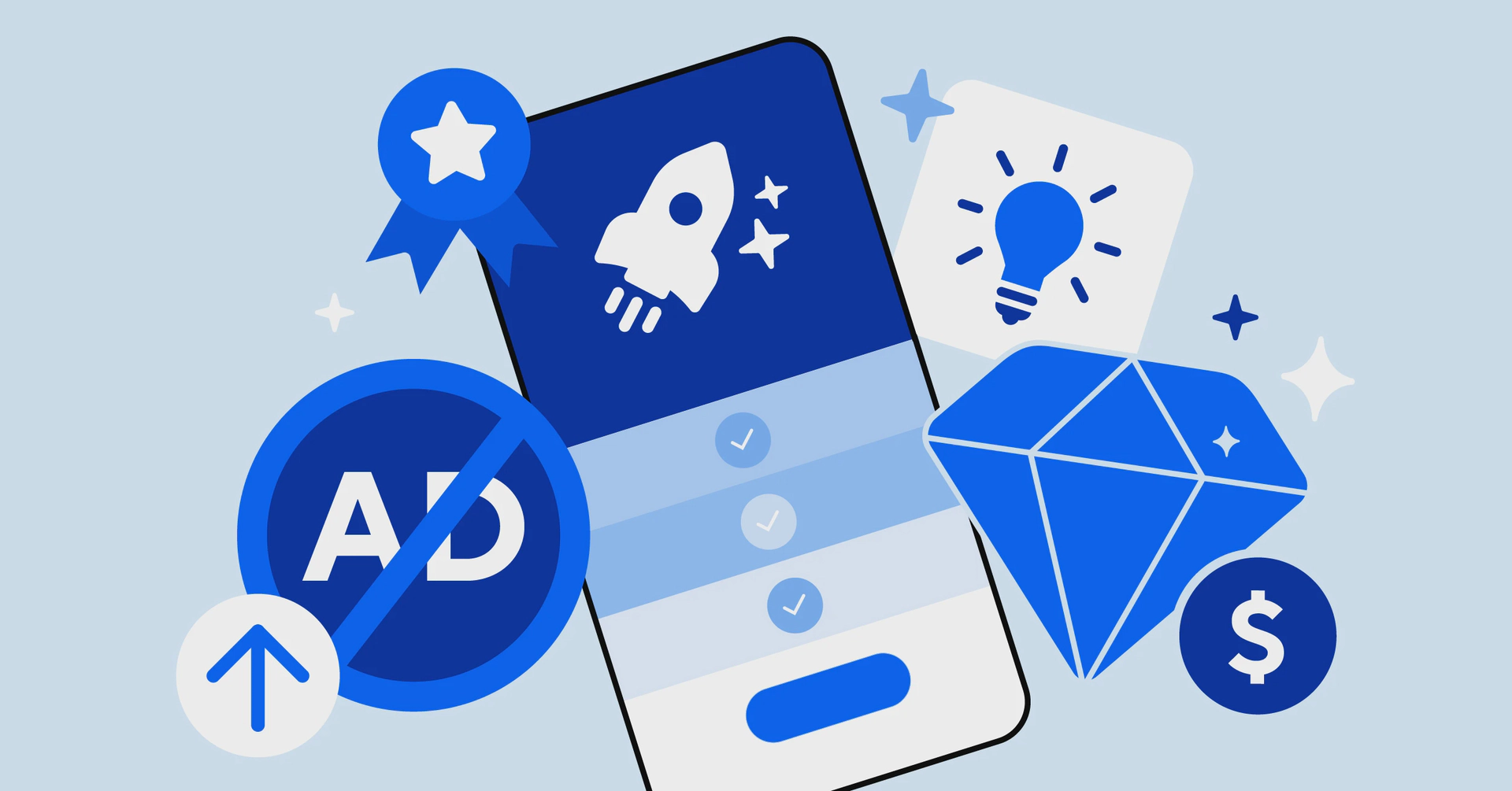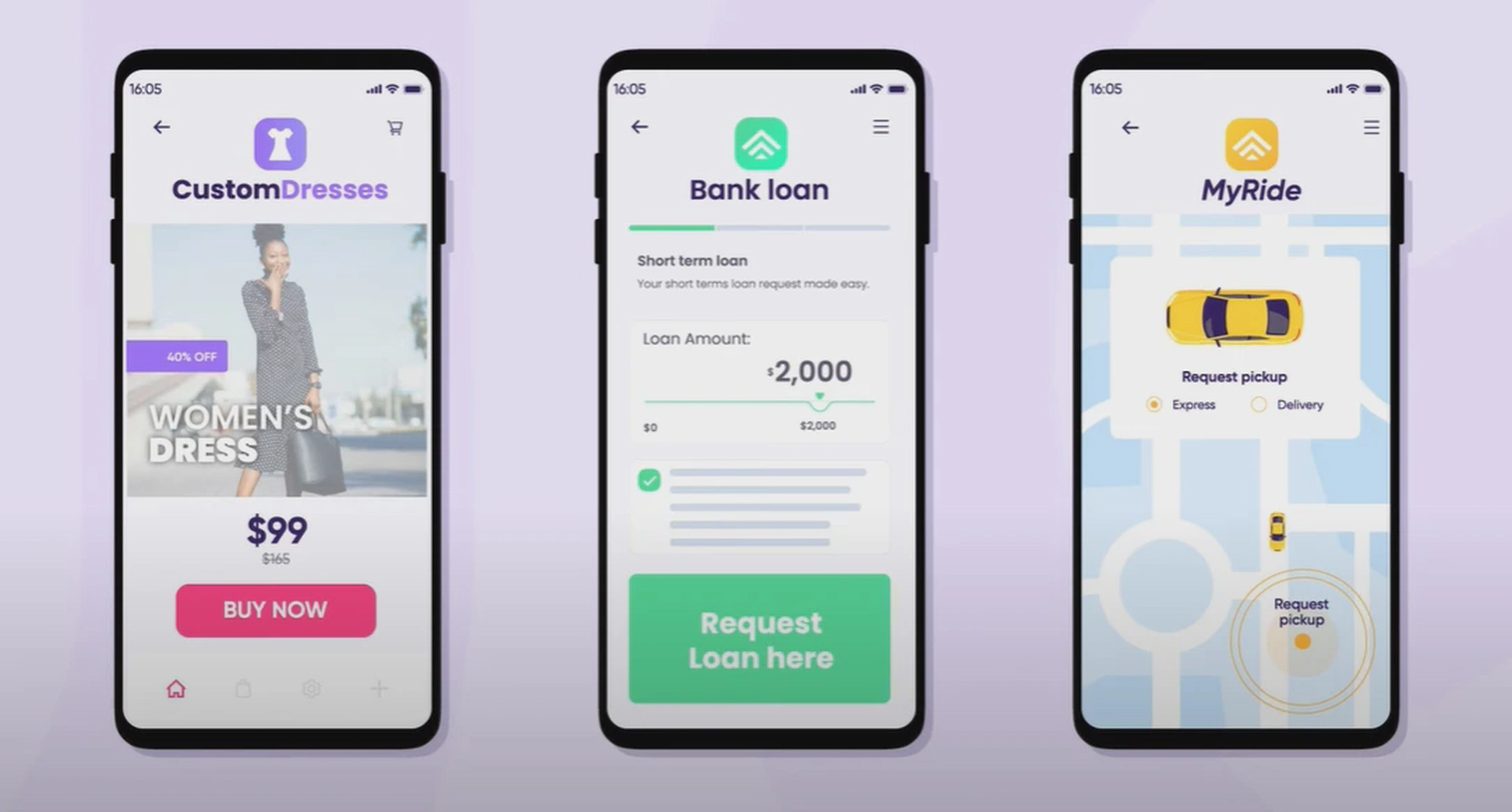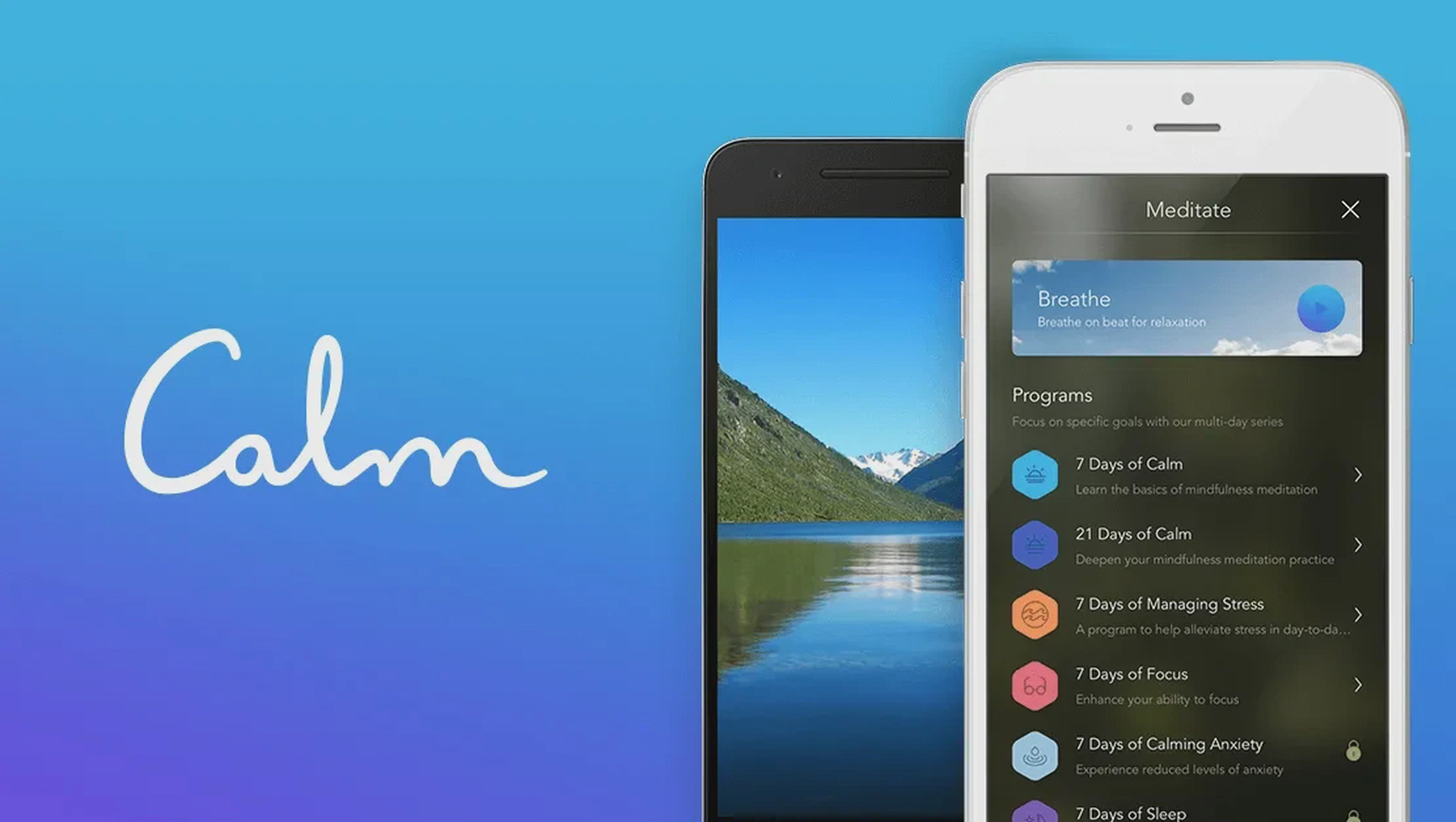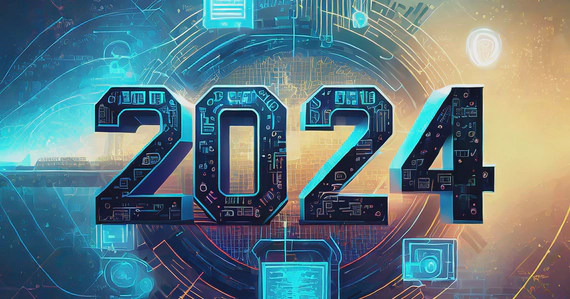
Top 10 B2B SaaS Examples - Innovative Software Solutions for 2024
Ten B2B SaaS examples that I'm sure you're going to get some amazing inspiration from. For each of these …

Did you know the app industry generates over $430 billion a year and yet almost all apps are free to install?
So how are those free apps getting a piece of that massive pie?
Today, I’m going to lay out five proven strategies that’ll help you choose a monetization model that’s right for your app. Then you can take your piece of that $430 billion piece.
Before we dive in, let’s make sure we’re aligned on what app monetization is.
App monetization is how you generate revenue from users. Usually after they download your app. It’s crucial to have the right strategy in place so you can make sure you’re retaining and growing your user base profitably while measuring one of your most vital KPI’s lifetime value (LTV).
There are several ways you monetize your app, so let’s dive into those 5 key strategies.
Did you know they account for 47% of mobile app earnings globally, including subscription revenue?
The IAP model focuses on selling a variety of virtual goods, services and bonuses within the app.
For example, users pay for consumable and non consumable items.

IAP work well for gaming apps when they enhance an already fun gaming experience, but also any app which sells a product or service, like a banking app offering a loan, a shopping app offering clothes, or a transportation app offering a taxi ride.
Take Pokemon Go users can purchase pokecoins, the in app currency, to buy objects for the game or to customize their avatar, which enhances their experience.
Or in Uber, users load their credit card details into the app and within seconds they can pay for a ride by making an in app purchase.
Here are some tips if you’re thinking of monetizing via an in app purchase.
Moving on to the second strategy.
Subscriptions believe it or not, users spend over $18 billion worldwide on app subscriptions. Subscription models can be a great way to generate a predictable cash flow. They work well for apps that offer valuable content regularly like video streaming apps, dating apps, fitness apps and news apps.
There are two types:
In addition to those, there’s also the freemium model. You offer basic content for free and entice users to sign up for more high value content.
For example, meditation app calm:

Calm has become the number one meditation app in the world. It’s free to download and offers free meditations, but users are reminded they can upgrade at any point to its premium subscription models, which offer a much larger catalog of content. Here are some top tips if you’re thinking of using a subscription model, make sure you can offer fresh, new or exclusive content.
Think about a free trial so users can try before they buy and create a great onboarding experience so users can get started right away.
IAA is one of the main revenue streams for free apps.
Alongside in app purchases, IAA drives revenue from ads displayed within your app. It works particularly well for gaming, social utility and entertainment apps. In North America alone, people spend 88% of their mobile time using apps. So if your ad is well placed and well timed, it can be a powerful source of revenue. There are lots of ways to display ads, from banner ads and interactive video ads to native ads. Each ad format has its pros and cons, I will talk about in other articles.
So here are 4 tips for monetizing with IAA:
This is a far less common monetization model, which is based on charging users a one time fee to download your app. Bear in mind, very few apps do it. It drives just over 5 billion in revenue, which is only around 1% of the total piece. It works best for apps with a really unique feature or a household brand name, but paid downloads can be a great way to generate revenue right away.
To be successful, you want to be converting as many potential users as possible, so
Users trust reviews, which will lead to higher conversion rates. Remember, you want to give your users enough value that it’s worth buying.
Want some inspiration? Just look at Minecraft.
They launched their product, then used customer feedback to fine tune it. They used gaming influencers and YouTube to create a buzz around their game and users were prepared to pay to play. Minecraft now has over 140 million active players every month.
This strategy allows you to use several different models to maximize your revenue. It’s a great way to generate diverse revenue streams from two types of users, those who are likely to make a purchase, usually only between five and 10% of users, and those who are less inclined to make a purchase.
The hybrid model is mainly used by mobile games that combine in app purchases and in app advertising. Users may have the option to purchase a new life and see a video ad when they complete a new level.
Here are 3 tips for hybrid monetization:
So now that you know the top five app monetization strategies, you’re ready to experiment and find the model or models that drives the most revenue for your app.
Remember that monetization strategies are not mutually exclusive. Many successful apps combine multiple approaches to maximize revenue while maintaining a positive user experience.
Continuously analyze user data and market trends to refine your monetization tactics over time. Ultimately, the most effective monetization strategy is one that balances your revenue goals with user satisfaction.
By providing genuine value and a seamless experience, you’ll foster user loyalty and create a sustainable foundation for your app’s financial success.

Ten B2B SaaS examples that I'm sure you're going to get some amazing inspiration from. For each of these …

Every year, there are new technologies that make a difference in the world. 2024 is turning out to be amazing …

Top 13 Micro SaaS Ideas - Profitable Examples for 2024. That's going to give you some really good inspiration …